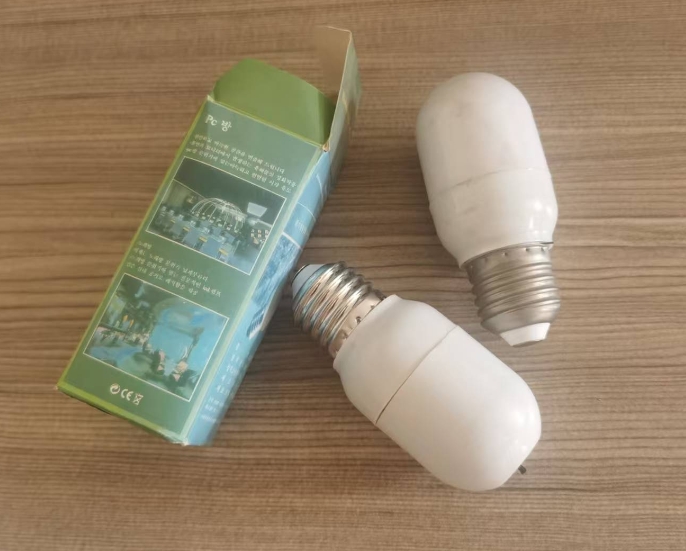
In the context of a Maine sweat room, the choice of materials with appropriate energy efficiency properties plays a crucial role in determining the operational costs. This article aims to explore and analyze how different materials impact these costs in several significant ways.
Insulation is a key factor in maintaining the desired temperature and reducing heat loss in a sweat room. Materials such as fiberglass, spray foam, and cellulose are commonly used for insulation. Fiberglass insulation is relatively inexpensive and provides moderate thermal resistance. It helps to keep the heat inside the sweat room, reducing the need for excessive heating and thus lowering energy consumption. However, it may not have the highest energy efficiency compared to some other options.
Spray foam insulation, on the other hand, offers excellent thermal performance. It can fill in small gaps and crevices, creating an airtight seal. This significantly reduces heat transfer and can lead to more stable temperatures inside the sweat room. As a result, the heating system doesn't have to work as hard, which translates to lower operational costs over time. Although the initial cost of spray foam insulation may be higher, its long-term energy savings can offset this investment.
Cellulose insulation is another viable option. It is made from recycled materials and has good insulating properties. It can also help to improve the overall energy efficiency of the sweat room. By reducing heat loss, it allows for more efficient operation of the heating system, ultimately contributing to lower operational costs.
The materials used for windows and doors in the sweat room also affect energy efficiency and operational costs. High-quality, double-paned windows with low-E coatings can significantly reduce heat transfer. They keep the warm air inside during the heating season and prevent excessive heat from entering during the warmer months. This helps to maintain a consistent temperature and reduces the workload on the heating and cooling systems, respectively, leading to lower energy consumption and costs.
Doors with proper insulation and tight seals are equally important. Solid wood doors with good insulation cores or insulated metal doors can prevent air leakage. Air leakage can cause significant energy losses as the heated or cooled air escapes. By choosing doors that are designed to be energy-efficient, the sweat room can operate more cost-effectively, as less energy is wasted on maintaining the desired temperature.
The materials used in the construction of the sweat room can also influence the efficiency of the heating system. For example, if the walls and ceiling are made of materials with good thermal mass, such as concrete or brick, they can store and release heat more evenly. This means that the heating system doesn't need to cycle on and off as frequently, which can reduce wear and tear and lower energy consumption.
In addition, the choice of flooring materials can affect heat transfer. Materials like tile or stone can conduct heat well and help to distribute heat evenly throughout the space. This can enhance the efficiency of the heating system and contribute to lower operational costs. On the other hand, carpeting may act as an insulator and impede heat transfer, potentially requiring more energy to maintain the desired temperature.
When considering the energy efficiency properties of various materials for a Maine sweat room, it's essential to take a holistic approach. By choosing the right combination of insulation, window and door materials, and considering the compatibility with the heating system, it is possible to achieve significant cost savings in the long run. Reduced energy consumption not only lowers operational costs but also has environmental benefits. It reduces the carbon footprint associated with heating and cooling the sweat room.

